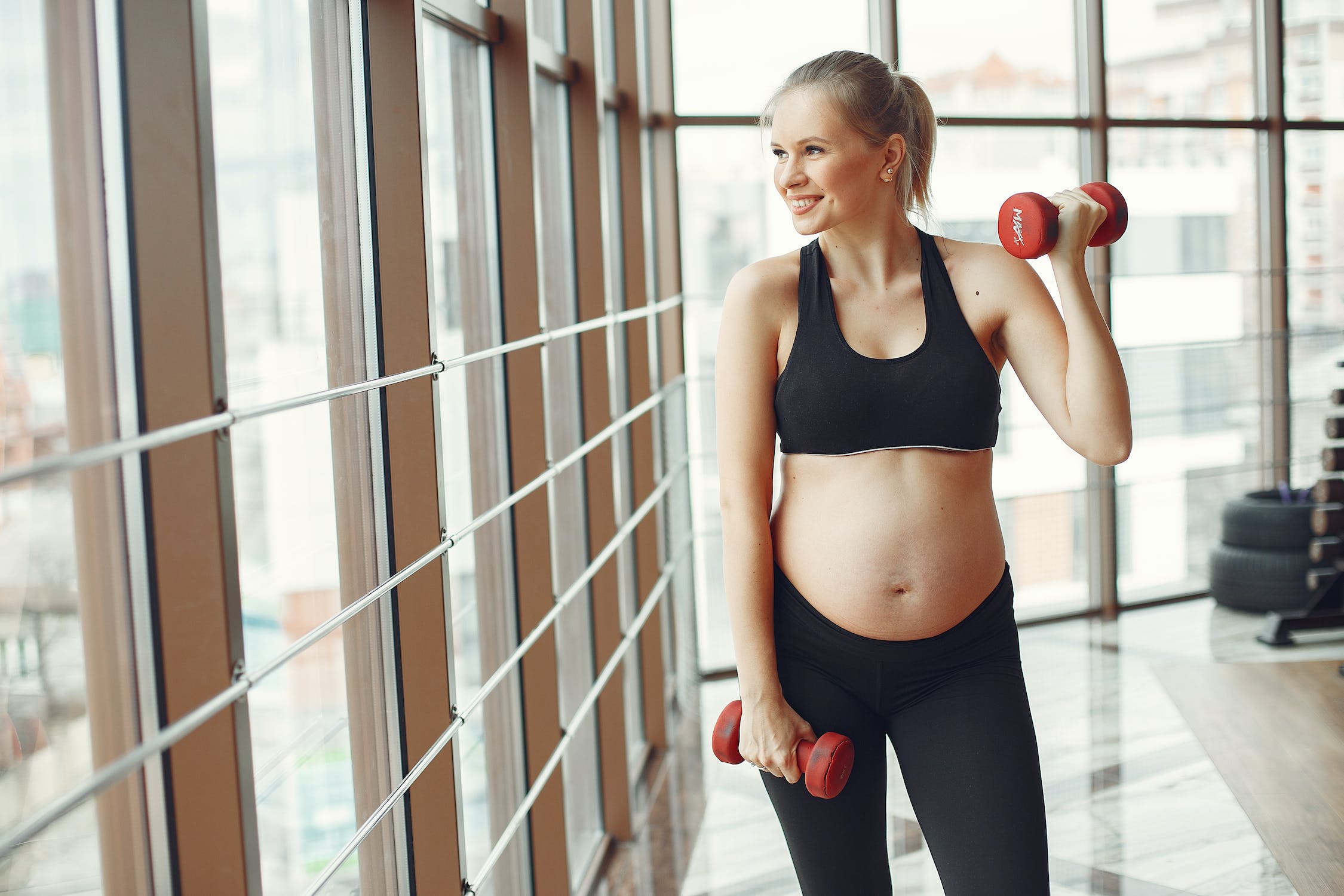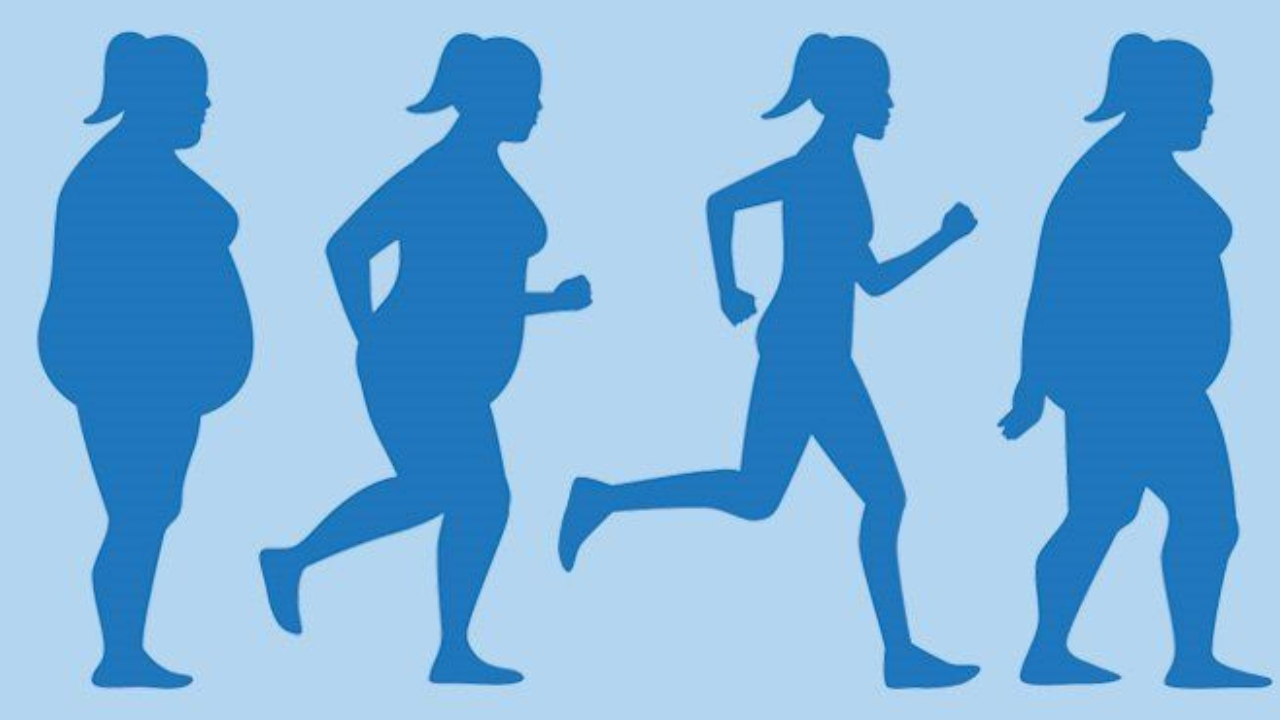
Should I train my core during pregnancy?
By: Emma Bromley
First of all, let’s dissect the core because the core is made up of four key elements. Think of the pelvic floor as the foundation of your core and being on the bottom. Then you’ve got your obliques, which are your side abs. Your transverse abdominis (TA), which are your wraparound abs that play a huge role in supporting your baby during pregnancy. And then the rectus abdominis (RA), which is commonly known as your six-pack muscles, which during pregnancy stretches out on average an additional half of its original length.
You definitely want to be training your pelvic floor during pregnancy, but keep in mind that it needs to be both strong AND flexible for an easy delivery. Knowing how to properly contract AND completely relax the pelvic floor is equally important. Contracting and strengthening help to make sure you have enough strength to carry the increasing load of your uterus without compromising your pelvic floor (this will also significantly help make for an easier postpartum recovery). While relaxing and lengthening help to prepare the pelvic floor for delivery.
Knowing how to fully relax your pelvic floor plays a very important role in your birthing preparation. See my example in the Incontinence section for a great tool to use to release tension in the pelvic floor using a therapy ball.
The balance is different for everyone, though. If you find yourself unable to relax or very tight when you do the therapy ball technique, then spend more time trying to release and relax the pelvic floor.
If you find yourself leaking quite a bit, feel heaviness down there, or instability in your core, do more of the strengthening work (example in the main Fitness section). You absolutely can rebalance your pelvic floor with practice.
Pelvic floor strength is important during pregnancy because it will help provide support, whilst hormonal changes increase ligament laxity, which spreads the pelvis to prepare for delivery. If these ligaments become too relaxed without added pelvic support, it can cause things like Symphysis pubis dysfunction (SPD pain). It also helps to support our organs, control leaking, and help prevent postpartum pelvic floor related issues. Listen to your body, and make sure there is a good balance of both contracting AND releasing, and not all contracting.
The list of exercises to avoid during pregnancy is honestly different for each person, but a good rule of thumb is to avoid doing exercises that cause you to feel like you’re “bearing down” on your pelvic floor and to also avoid anything that causes your stomach to “dome”. Typically this will mean avoiding crunches (your rectus abdominis needs to lengthen to an additional half of its extra length, so it’s not helpful to keep trying to shorten these muscles). For many, it will mean also avoiding planks and push-ups (although side planks are very helpful during pregnancy to strengthen the obliques and TA) and can be modified on the forearms and/or knee down as pregnancy progresses. After the first trimester, it will also mean avoiding exercises that require lying on your back.
With the exception of your rectus abdominis, your other core muscles all need to be strong during pregnancy in order to both support your growing baby and protect your spine from taking the extra load and therefore causing back pain and injuries. When your pelvic floor is working efficiently, you’ll notice almost every exercise becoming a core exercise! Making sure your core is engaged slightly whilst doing arm weights, for example, will prevent that load from dumping into your low back, therefore protecting both your spine and your pelvic floor.
Bio:
Emma Bromley is a Pilates Instructor, Pelvic Floor Specialist and best-selling author of The Pelvic Floor. After struggling with a severe diastasis (abdominal separation) following the birth of her child, Emma refused to believe that surgery was the only option to heal. Having now fully healed through the power of intentional movement and the breath, she’s now passionate about sharing her knowledge with others so that you too can experience the freedom that comes with having a healthy pelvic floor (less leaking, less back pain, more functional workouts, more enjoyable sex etc).
Free pelvic floor training:
IG:
Book:





